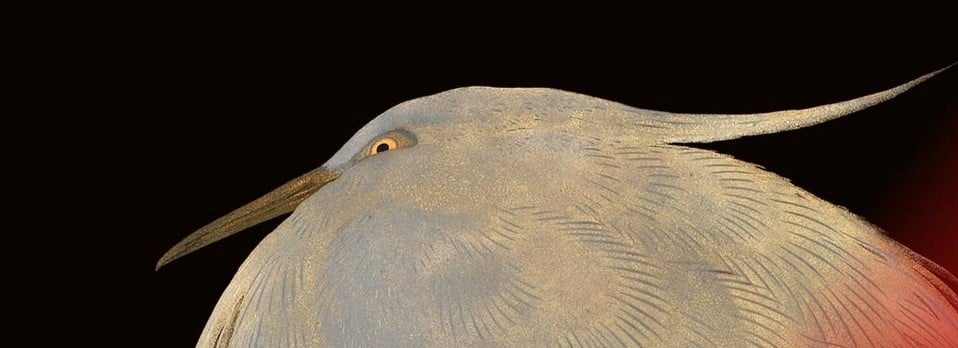
Polearm (jumonji yari)
1750 - 1800Steel, lacquered wood, mother-of-pearl, copper, brass, iron, rattan | 209.0 x 22.0 x 3.5 cm (whole object) | RCIN 71661
Among the less common polearms is the jūmonji-yari, which has a central blade with two shorter horizontal spurs. The resulting cross shape resembles the Japanese character for the number ten, jū, from which this polearm takes its name. Jūmonji-yari are found in various configurations and lengths, but when the cross-blades are curved they are called magari-yari (curved spears).
Examples of jūmonji-yari date from around 1500 onwards. Though an impractical weapon, they served as a means of deflecting the thrust of a longer spear with a single blade. They were sometimes made by well-known swordsmiths and were occasionally signed by them on the tang (nakago). Some older blades were remounted on shafts decorated in mother-of pearl and were then used in parades and processions such as sankin kōtai. As an ornate form of spear, they were well suited to the drama and pomp of such processions.
Text adapted from Japan: Courts and Culture (2020)







